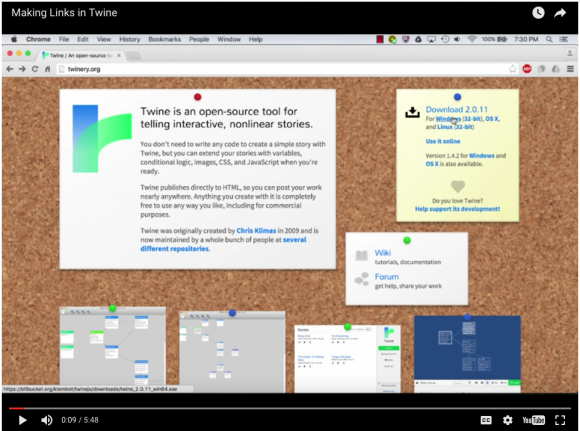Lauren Klein synthesizes a number of streams of thinking about why/how should humanists teach students to code, calling for a pedagogy demonstrating “both theoretical rigor and technical expertise.” She offers a perspective familiar from media studies, noting that computers incorporate “older representational forms” as well as using their affordances to invent new representational forms.
As I ponder questions about what learning to code teaches us, and as I attempt to learn to code myself, I particularly enjoy reading the genre of essays that attempts to supply the (often) missing links between new media, e-lit, code studies, the history of technology, STS, and computer science, among other fields.
A comment by Mark Gudzial on paragraph 5 of Klein’s essay led me to a 2007 Michael Mateas essay that has held up surprisingly well. (The interim almost-10 years seems very long considering the dynamic nature of the internet.) Mateas uses the concept of “procedural literacy” to talk about students learning to understand the socio-technical nature of exchanges that occur in “technically-mediated processes.” I think his idea is a very useful way to think about the benefits of digital pedagogy. Mateas notes that students are apt to see computational methods as merely technical and not worthy of study. Without being conversant in the basics of computational processes, they will miss the opportunity to fully understand the ties between “authorship, code, and audience reception.” Mateas is particularly concerned with gaming and literary studies; but, his idea about procedural literacy is equally applicable to Klein’s discussions of digital pedagogy and the culture, politics, history and economics of computational technology.



